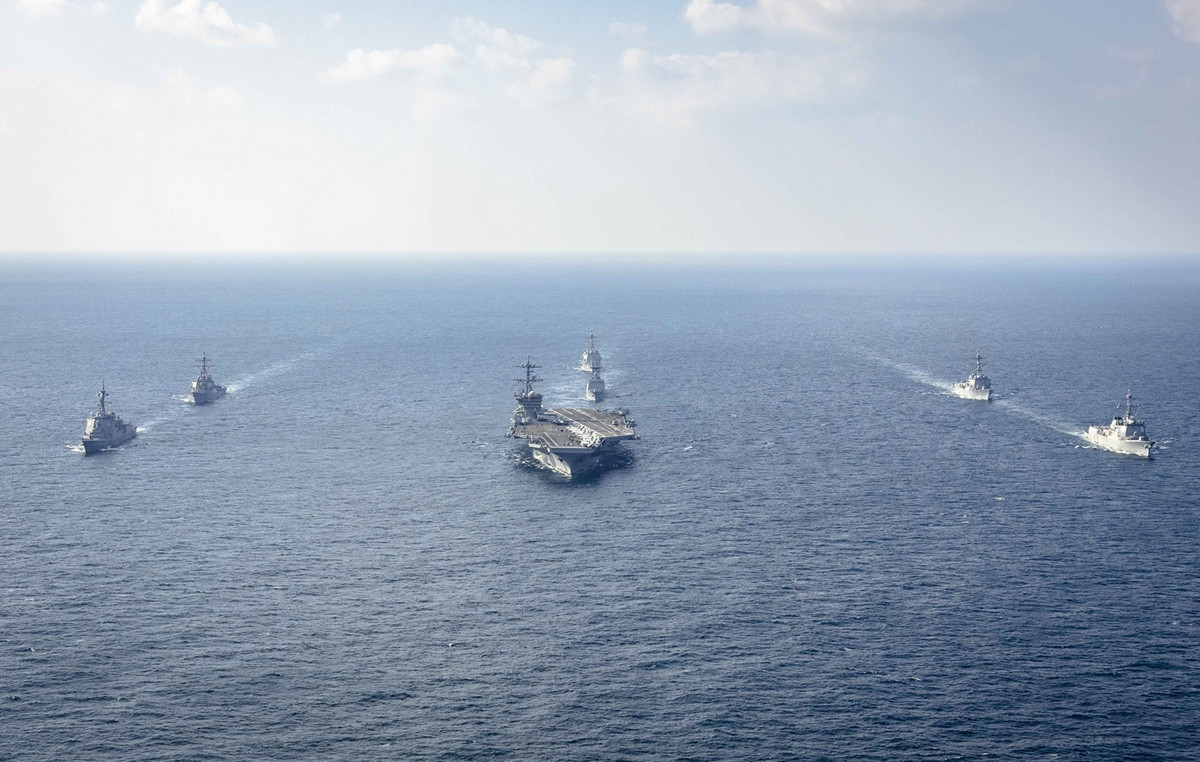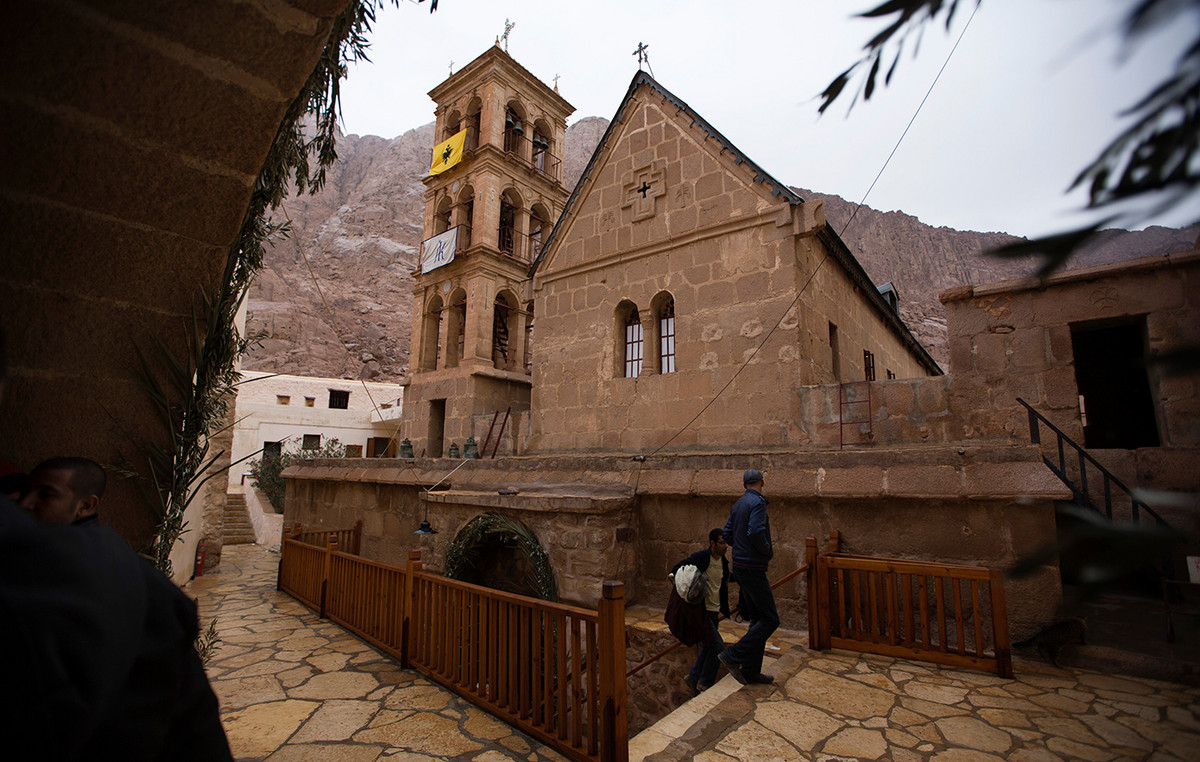Master in Mechanical Engineering and PhD in Electrical and Computer Engineering from the Federal University of Rio Grande do Norte (UFRN), Alysson Nascimento de Lucena, has developed an Unmanned Aerial Microvehicle, called Microvant, which can behave like a drone or like a plane and is capable of taking off vertically, without the need for a runway.
This Microvante received the definitive intellectual property registration.
The features give it longer flight time than a conventional drone. The scientist hopes that his invention will benefit sectors such as agriculture and security.
According to information from the UFNR, the invention can be used in military missions, agricultural monitoring areas, reconnaissance of difficult-to-access places, border monitoring, search and rescue in disasters.
The differentiated functionality of the equipment is achieved by the fact that it has reduced size and weight. “However, one of the main concerns in the project was to ensure that it had great flight autonomy and was capable of carrying a load to carry out autonomous missions, bringing information to the user”, points out Lucena.
The “Drone-avião” project was developed in my master’s degree, with the dissertation Development of an unmanned aerial vehicle with hybrid support and propulsion. I was guided by Professor Raimundo Carlos Silvério Freire Júnior, one of the inventors. After the master’s degree, the autonomous system was improved under the guidance of professor Luiz Marcos Garcia Gonçalves, in the facilities of the Natalnet laboratory, of the Graduate Program in Electrical and Computer Engineering at UFRN.
The aircraft is barely perceptible visually due to its reduced dimensions, which also facilitates its camouflage after use. The present invention would have an advantage compared to other Unmanned Aerial Vehicles (UAVs) in operation in several aspects. One is that, for the same cost as a Vant, you can have a fleet of Microvants sweeping a much larger area on one mission or operating over a longer period of time.
In this scenario, generic aircraft emerged, developed for use in various applications, such as the case of the project developed by the UFRN scientists, with production and maintenance costs appearing to be negligible when compared to other aircraft in operation.
The Brazilian Air Force (FAB) acquired, in 2014, to monitor the 2014 FIFA World Cup stadiums, the Hermes 900 model, manufactured by Elbit Systems, whose contract cost U$ 8 million and 10 people are needed to operate the whole the system. In the case of the patented Microvant, it costs less than US$ 500 for a single unit and a single person is capable of operating the entire system, from takeoff to landing.
“This project was commissioned by Finep. They proposed us a challenge to make a plane with less than 250 grams, that could travel for at least an hour and cover ten kilometers of distance. Our final prototype weighs around 160 grams and was tested here in Natal, a place with serious wind conditions, so it’s pretty tough and ready to go multi-mission. There were 20 prototypes before we reached this result”, highlights Luiz Gonçalves.
This equipment serves as a multi-mission platform that can be adapted to perform various functions, everything will depend on what we are going to embark on: various types of sensors, high-resolution or thermal cameras, compartment for special cargo such as vaccines, for example.
“Our solution is very versatile, it can be transported in a car. A single person is capable of operating the entire system, which can be used quickly in missions such as search and rescue, mapping areas, support in natural disasters, monitoring events, transporting first aid supplies, spraying, among others”, he explains. the creator.
The hybrid Microvant adapts to various functions and one of the segments that advanced worldwide during the pandemic was online shopping, putting pressure on the logistics system. This type of aircraft can be adapted to transport a wide variety of products.
Intellectual property
The Industrial Property Law (Law 9.279/96) provides that an invention will be protected by patent if it meets the requirements of novelty, inventive activity and industrial application.
In return for the deposit and consequent concession, the inventor undertakes to reveal in detail all the technical content of the matter protected by the patent, which will contribute to world technological development, making the patent an important instrument in the dissemination of technological information and stimulating new scientific developments .
Processes, products or both can be patented. The patent refers to a single invention or a group of interrelated inventions, but which present a single inventive concept.
The current average patent analysis time is five years, but it can be longer or shorter depending on the sector.
Data from the National Institute of Industrial Property (INPI) referring to the second quarter of 2022 show that, after the request for examination, it took an average of 6.1 years for decisions on patents in the area of telecommunications, while in the division of pharmaceuticals the time was 5.8 years.
Source: CNN Brasil
Charles Grill is a tech-savvy writer with over 3 years of experience in the field. He writes on a variety of technology-related topics and has a strong focus on the latest advancements in the industry. He is connected with several online news websites and is currently contributing to a technology-focused platform.







